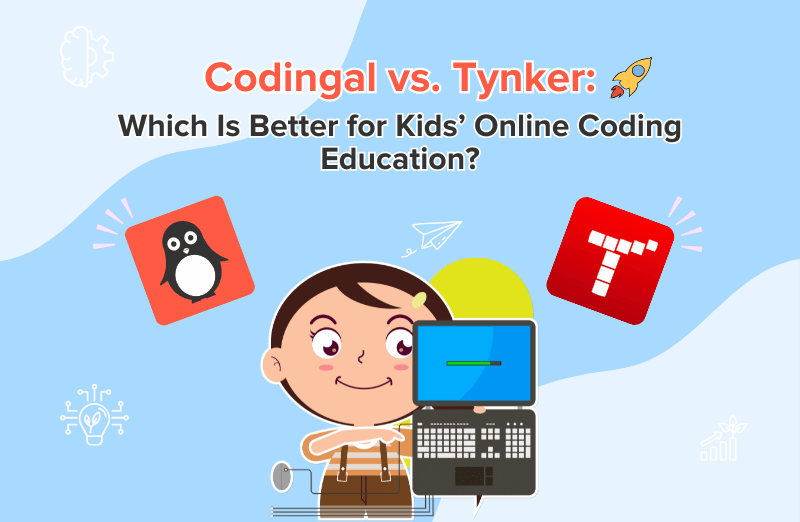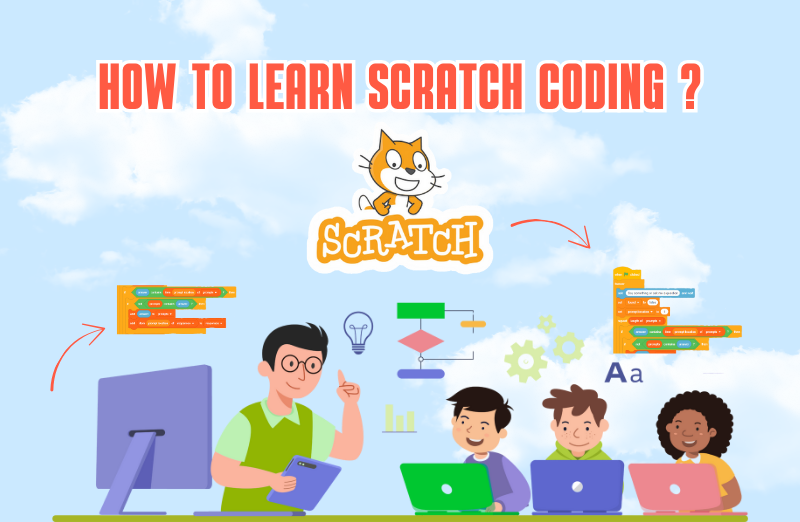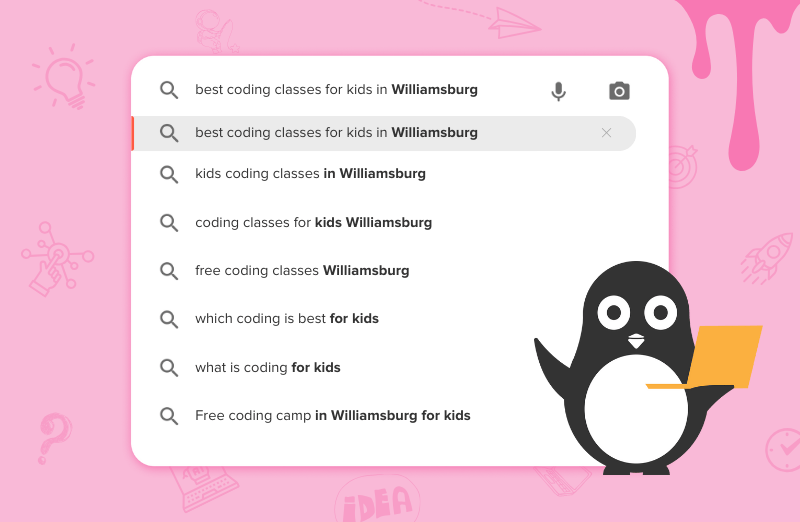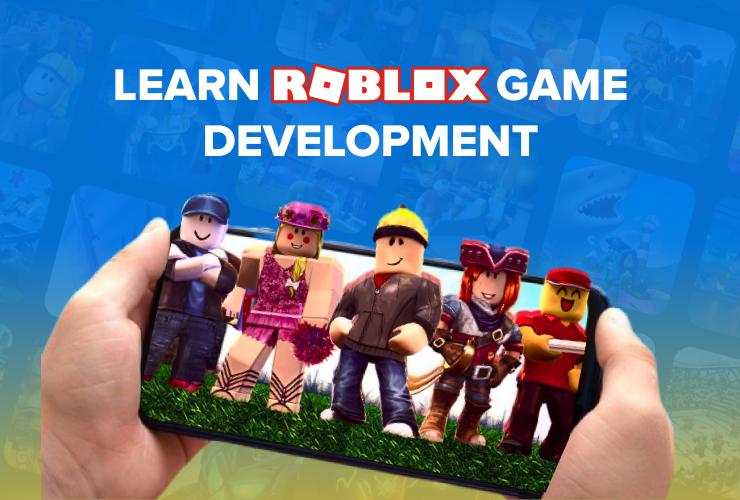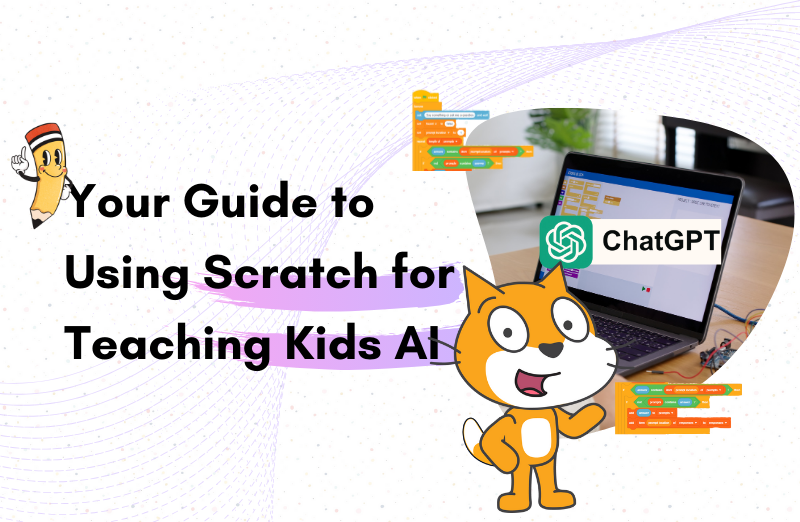Codingal Vs Tynker: Introduction
- Parents have two clear leaders in kids’ coding today, Codingal and Tynker—and each shines in different areas. Codingal delivers live, instructor-led classes with 1:1 or very small-group attention, while Tynker offers self-paced, game-style lessons kids can explore independently.
- If your child thrives on real-time feedback, structured milestones, and project-based learning, Codingal is the stronger pick. Research indicates that live online tutoring can raise student performance by up to one full letter grade compared with self-study alone.
- If your child prefers autonomous discovery through puzzles, games, and sandbox play, Tynker may feel more like “edutainment.” Game-based STEM learning is on the rise precisely because it blends fun with incremental skill-building.
- Budget, scheduling, and learning style are the true deal-breakers. Codingal’s live classes come at a premium but guarantee personalized coaching; Tynker’s subscription is lighter on the wallet but relies on self-motivation to finish courses.
- Bottom line: Choose Codingal for guided mastery and competition-ready skills; choose Tynker for flexible, playful exploration. The deep dive below unpacks every factor so you can match the right platform to your child’s goals.
Quick Platform Snapshot
| Feature | Codingal | Tynker |
|---|---|---|
| Teaching mode | Live 1-on-1 or small-group sessions with real instructors | Self-serve quests, puzzles, and Minecraft integrations [1] |
| Global reach | 150 K+ students, 30+ countries | 60 M+ kids in 150+ countries [1] |
| Curriculum range | Scratch, Python, JavaScript, HTML/CSS, data science, AI & algorithms | Block coding, Python, JavaScript, hardware extensions (drones, micro-controllers) |
| Age bracket | Grades 1-12 | Typically ages 5-14, with advanced text-coding paths for teens |
| Device footprint | Browser-based IDE + Zoom-style classroom | Browser + iPad/Android apps for offline play |
| Funding & credibility | Y Combinator-backed; raised $1.2 M seed in 2021 | Acquired by BYJU’S in 2021 to expand global STEM footprint [4] |
Why Coding Matters in 2024
- Digital literacy is now considered a core economic imperative. A Brookings analysis found that computer-science skills contribute to higher future wages and national competitiveness.
- Kids who start early gain compounding advantages. Code.org reports that students who learn CS in elementary school are 17% more likely to attend college later on.
- Demand for K-12 coding programs surged during the pandemic, with parents seeking remote enrichment options. Choosing the right platform now sets the tone for sustained interest.
Curriculum Depth and Progression
- Codingal follows a scaffolded syllabus that moves from fundamentals to Olympiad-level algorithms. Students build 100+ projects—websites, games, AI apps—to cement each concept.
- Tynker structures learning around themed adventures and quests rather than linear grade levels. Kids can “start with block coding and progress to Python and JavaScript” at their own pace.
- Breadth vs. depth: Tynker’s thousands of mini-lessons encourage sampling; Codingal’s term-based courses emphasize mastery before advancing.
- Advanced pathways: Codingal offers competitive-programming, AP CS A prep, and data-science tracks for ambitious learners.
- Real-world tie-ins: Tynker integrates with LEGO® SPIKE™, Minecraft®, and drones, bringing coding off-screen into tangible play—an approach Education Week says “boosts retention by linking abstract code to physical outcomes”.
Teaching Methodology & Learning Experience
- Codingal’s live classes ensure personalized attention for every child. Instructors guide screen-share walkthroughs, debug in real time, and tailor pace to the student—an approach shown to significantly improve learner confidence.
- Average class format is 1:1 or very small groups, creating a tutoring feel.
- Tynker focuses on autonomy—its game-based approach makes coding fun and engaging.
- Parents who value flexible scheduling will appreciate Tynker’s on-demand modules, but younger kids may need adult nudges to stay on track.
- Hybrid solution? Some families blend both: kids finish Tynker puzzles mid-week and meet a Codingal mentor on weekends to deepen understanding.
Engagement & Motivation Tools
- Codingal leans on project showcases, international hackathons, and Olympiad-style contests (e.g., the National Coding Olympiad) to keep excitement high.
- Weekly homework and feedback loops keep momentum steady, and parents receive regular progress reports.
- Tynker’s secret weapon is edutainment, integrations with Minecraft, LEGO®, and drones let code control beloved toys.
- Gamified dashboards, streak counters, and collectible characters sustain intrinsic motivation without external deadlines.
- Choosing the right motivator matters: Competitive kids may thrive on Codingal’s leaderboards; creative explorers might prefer Tynker’s playground environment.
Parental Dashboard and Progress Tracking
- Both platforms recognize that parents (and teachers) need visibility. Tynker’s interface lets adults track progress and assign lessons.
- Codingal sends post-class reports, homework scores, and milestone certificates directly to caregivers’ inboxes, offering granular insights such as participation level and debugging approach.
- For homeschooling setups, Codingal’s teacher notes double as portfolio evidence, while Tynker’s printable certificates show module completion.
- Verdict: If you want nuanced feedback on soft skills or algorithmic thinking, Codingal’s human-instructor notes win; if you just need an at-a-glance progress bar, Tynker suffices.
Community & Competitions
- Codingal hosts dozens of themed hackathons, from Game Jam to Space Explorer, where kids apply skills under time pressure and meet peers worldwide. These events mirror real-world hackathons that tech companies use to spark innovation.
- Its alignment with the K-12 Computer Science Framework means projects often map to classroom standards, reinforcing traditional learning.
- Tynker sponsors coding challenges inside its app, but the scale skews individual and puzzle-centric rather than live teamwork.
- For students targeting competitive programming (IOI, CodeChef, AP® exams), Codingal offers specialized coaching unmatched by DIY-only apps.
Pricing and Value
| Consideration | Codingal | Tynker |
|---|---|---|
| Cost model | Class bundles or subscriptions; higher hourly rate includes live instructor time and feedback | Monthly/annual license unlocks all 3,700+ modules |
| Hidden value | Faster doubt clearing may reduce total hours to mastery | Low cost per hour if child is self-driven |
| Financial aid | Scholarships & event-based discounts available | Occasional promos; no instructor cost |
| Best for | Families seeking guided mastery | Explorers or multi-child households |
Which Platform Fits Which Learner?
- Choose Codingal if your child:
- Needs structured accountability and live mentorship.
- Aims for competitions, Olympiads, or high-school credit exams.
- Enjoys collaborative projects and real-time brainstorming.
- Benefits from external deadlines and personalized feedback loops.
- Choose Tynker if your child:
- Is self-motivated and loves exploring at odd hours.
- Learns best through games, visual puzzles, and sandbox tinkering.
- Wants to connect coding with Minecraft, drones, or LEGO builds.
- Prefers short, snack-size lessons over hour-long live sessions.
- Hybrid Path: Many families start with Tynker to spark curiosity, then transition to Codingal for advanced depth and instructor-guided polish. The platforms aren’t mutually exclusive and can complement each other nicely.
The Expert Verdict
- Codingal delivers the full “coding school” experience—live teachers, standards-aligned curriculum, and a competition pipeline—making it ideal for serious learners aiming to master computer-science fundamentals. Its impact on 150,000+ students globally underlines credibility.
- Tynker democratizes access with affordable, playful modules, especially valuable for younger kids discovering code for the first time. Adoption across 100,000+ schools highlights trust in mainstream classrooms.
- Ultimately, “better” boils down to match, not absolute ranking: disciplined learners needing instructor feedback gravitate to Codingal; independent tinkerers may thrive on Tynker’s open playground.
- Test-drive both: Codingal offers free trial classes; Tynker provides a starter pack of lessons—let your child’s reaction guide the final choice.
Next Steps – Try Codingal Today
- Sign up for a complimentary 60-minute Codingal trial class to experience live, project-based learning firsthand. Your child will build a mini-game and receive a personalized learning roadmap by the end of the session.
- Browse upcoming hackathons on Codingal’s events page and register for free practice challenges. Real deadlines boost motivation and let kids showcase their creativity.
- Download Tynker’s free starter kit as a low-stakes sandbox. If your child completes multiple modules eagerly, you’ll know self-paced exploration is a good fit.
- Ready to invest in long-term mastery? Enroll in Codingal’s year-round curriculum and unlock pathways to data science, app development, Roblox scripting, and Olympiad algorithms—all under the guidance of expert mentors.
By aligning your child’s learning style with the right platform, you ensure coding remains not just another subject—but a lifelong source of creativity, confidence, and career opportunity. Happy coding!
People Also View: Scratch vs. Python: Which Language Is Best for Kids to Start With?
FAQ Section
What are the main differences between Codingal and Tynker?
Codingal offers live, instructor-led classes focusing on project-based learning and structured milestones, while Tynker provides self-paced, game-based lessons for autonomous learning.
Which platform is better if my child enjoys real-time feedback?
Codingal is better suited for children who thrive on real-time feedback, as it offers live instructor-led classes with personalized attention.
Is Tynker suitable for young kids?
Yes, Tynker is suitable for young kids as it provides game-based STEM learning, integrating fun with incremental skill-building through puzzles and sandbox play.
What advantages does Codingal offer for competitive programming?
Codingal offers specialized coaching for competitive programming, aligning with competitions like the National Coding Olympiad, and providing tracks for AP CS A prep and data science.
Can both platforms be used together effectively?
Yes, many families use both: starting with Tynker to spark curiosity and transitioning to Codingal for in-depth learning and instructor-guided mastery.
